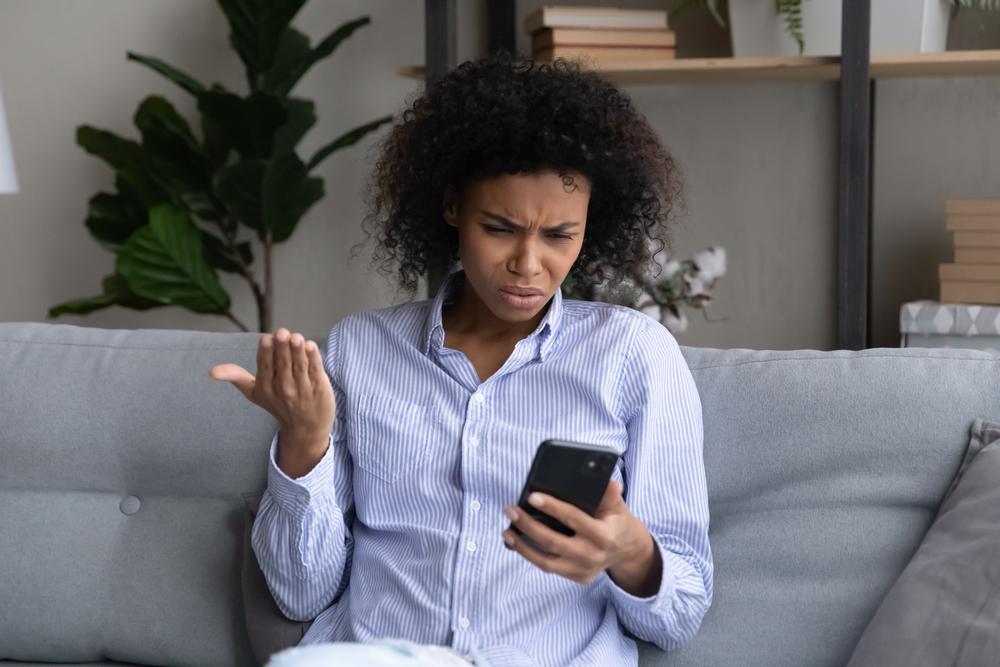In relationship development, trust serves as a foundation that couples work to establish over time. When a partner begins blocking opposite-gender contacts without discussion, this behavior often reflects deeper emotional dynamics within the relationship. Understanding motivations behind such actions can help address underlying issues rather than simply focusing on the symptoms.
Insecurity as a driving factor
When partners eliminate opposite-gender friends from digital spaces, it frequently signals underlying insecurity. Some individuals may view any member of the opposite sex as potential competition, regardless of relationship stability. These feelings often stem from past experiences, including previous betrayals or internalized beliefs about personal worth.
This level of control rarely develops suddenly. Triggers might include perceived inappropriate interactions, excessive attention to social media posts or discussions about past relationships. Whether rational or not, such reactions reveal fears that individuals may not be ready to acknowledge or discuss openly.
Understanding the root causes of insecurity can help couples address concerns through communication rather than unilateral action.
Misguided relationship protection
Some individuals believe that blocking contacts serves as relationship protection, creating boundaries to prevent outside interference. This approach may represent a well-intentioned but misguided attempt to strengthen the partnership and reduce potential complications or misunderstandings.
However, a significant difference exists between protective behavior and possessiveness. Taking action without discussion often represents an attempt to assert control rather than collaboratively establish healthy boundaries.
Effective relationship protection involves mutual agreement on boundaries rather than secretive actions that limit partner autonomy.
Social media influence on relationship dynamics
Digital interactions often carry disproportionate emotional weight compared to face-to-face conversations. Social media has complicated the distinction between public and private relationships. Seemingly innocent likes or comments can be misinterpreted as inappropriate behavior.
Online validation through social media engagement can trigger comparison, jealousy and mistrust. Individuals may see opposite-gender contacts and immediately assume the worst, regardless of actual circumstances. When these feelings intensify without proper communication, some people resort to controlling behaviors.
The digital environment requires new approaches to relationship communication and boundary-setting that previous generations did not need to navigate.
Distinguishing possessiveness from love
A dangerous misconception suggests that controlling behavior represents intensified love. However, blocking contacts without partner input indicates a need for control rather than genuine affection. Healthy love involves respect, mutual understanding and open communication rather than unilateral decisions made without consent.
Possessiveness often masquerades as protection. While such attention might initially feel flattering, it frequently leads to social isolation. Partners may gradually lose friendships and support systems without recognizing the pattern.
Genuine love encourages individual growth and maintains respect for personal autonomy within the relationship framework.
Personal responsibility in relationship dynamics
Before drawing conclusions about partner behavior, individuals should assess their own contributions to relationship tensions. Transparency, responsiveness to concerns and consistent communication all influence partner security levels. When individuals feel unheard or dismissed, they may resort to actions that demand attention.
However, crossing boundaries without consent remains unacceptable regardless of underlying motivations. The most effective approach involves honest, calm conversation about concerns and feelings. Partners should explore motivations behind controlling behaviors while expressing how such actions affect the relationship.
Building trust requires collaborative effort rather than unilateral control measures.
Addressing underlying emotional needs
Controlling behaviors may signal needs for reassurance, emotional closeness or attention. Blocking contacts might not focus on other individuals but rather fear of relationship loss. When people cannot effectively express emotional needs, they sometimes act out through dramatic or controlling behaviors.
This situation presents an opportunity to strengthen the relationship by addressing root causes rather than simply condemning the behavior. If both partners value the relationship, they must create environments where both individuals feel safe, respected and understood.
Healthy approaches to addressing insecurity include:
- Open communication about fears and concerns
- Reassurance through words and actions
- Professional counseling when individual or couples therapy would help
- Establishing mutual boundaries that both partners can respect
Recognizing patterns of control
In some cases, blocking contacts represents part of a larger pattern of controlling behavior. Other warning signs include phone monitoring, frequent accusations, password demands or attempts to limit social interactions.
While romantic relationships naturally involve some exclusivity, excessive control often leads to emotional suffocation and relationship dysfunction. Individuals deserve relationships built on mutual respect rather than fear or intimidation.
If controlling behaviors escalate or continue despite conversations and reassurances, individuals may need to reconsider relationship sustainability and seek professional guidance.
Building healthy communication and boundaries
The strongest relationships are founded on honesty and emotional safety. Establishing boundaries about digital space, friendships and privacy protects both partners while strengthening the relationship foundation.
Effective boundary-setting involves including rather than excluding partners from conversations. Providing reassurance when appropriate while maintaining personal autonomy creates balance between individual needs and relationship security.
Success depends on building partnerships where both individuals can thrive rather than situations where one person must sacrifice personal connections to maintain relationship stability.
Understanding why partners engage in controlling behaviors requires examining underlying emotions, past experiences and communication patterns. While such behaviors are not acceptable, addressing root causes through honest dialogue and professional support when needed can help couples build healthier, more secure relationships based on trust rather than control.








